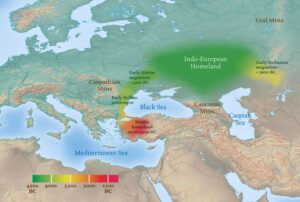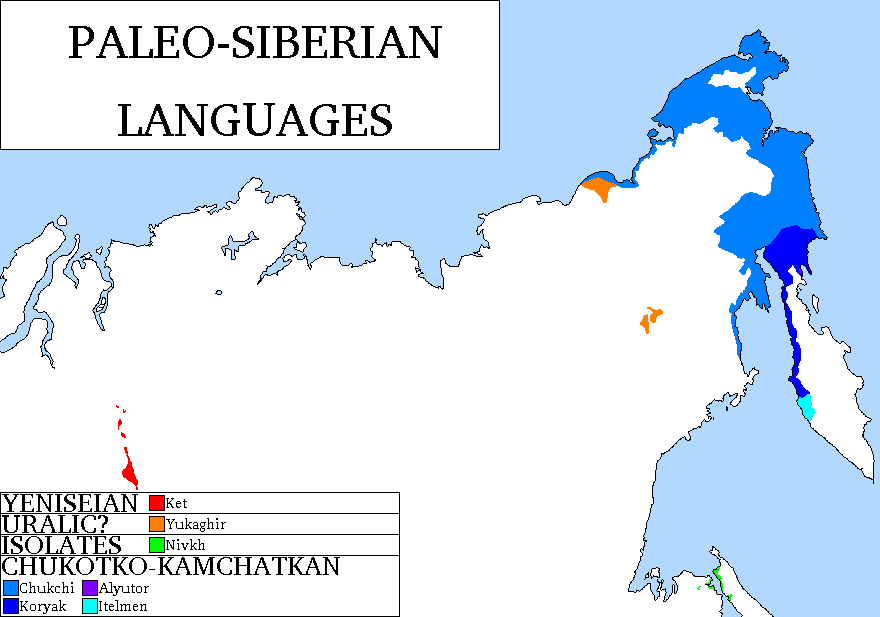(occasionally referred to as Hyperborean) are several language families of Siberia, with no direct genetic links to other language families of the region and translate english to korean. The number of speakers of these languages (within Russia) is not more than 25,000. The Paleo-Asiatic include five language families which do not have direct genetic connections between them: Chukotka-Kamchatka (Chukchi and a number of smaller languages); Yukagir-Chuvan (of which only one Yukagir language is preserved); Eskimo-Aleut (mainly spread in the USA, Canada and Greenland; only about 1,000 Eskimo people in Russia. Chukotka and about 1 thousand Eskimos and about 50 Aleuts on the Kondor Peninsula. Aleuts on the Commander Islands); Yeniseian, or Ket-Asan; and Nivkhian (represented by the only Nivkh, or Gilyat language, which has not been found related). Sometimes Paleo-Asiatic also include Burushaski (spoken thousands of kilometers from Eastern Siberia, in Karakorum) and Ainu (mainly on Hokkaido Island in Japan). According to the Nostratic and Sino-Caucasian hypotheses, most of the Paleo-Asiatic languages are distributed between the Nostratic (Eskimo-Aleut, Yukaghir-Chuvan and, possibly, Chukchi and Kamchatka) and Sino-Caucasian (Yenisei and Burushaski) superfamilies; only Ainu and Nivkh languages appear to be completely isolated in this case.
(of which only one Yukagir language is preserved); Eskimo-Aleut (mainly spread in the USA, Canada and Greenland; only about 1,000 Eskimo people in Russia. Chukotka and about 1 thousand Eskimos and about 50 Aleuts on the Kondor Peninsula. Aleuts on the Commander Islands); Yeniseian, or Ket-Asan; and Nivkhian (represented by the only Nivkh, or Gilyat language, which has not been found related). Sometimes Paleo-Asiatic also include Burushaski (spoken thousands of kilometers from Eastern Siberia, in Karakorum) and Ainu (mainly on Hokkaido Island in Japan). According to the Nostratic and Sino-Caucasian hypotheses, most of the Paleo-Asiatic languages are distributed between the Nostratic (Eskimo-Aleut, Yukaghir-Chuvan and, possibly, Chukchi and Kamchatka) and Sino-Caucasian (Yenisei and Burushaski) superfamilies; only Ainu and Nivkh languages appear to be completely isolated in this case.
PALEO-ASIATIC LANGUAGES





